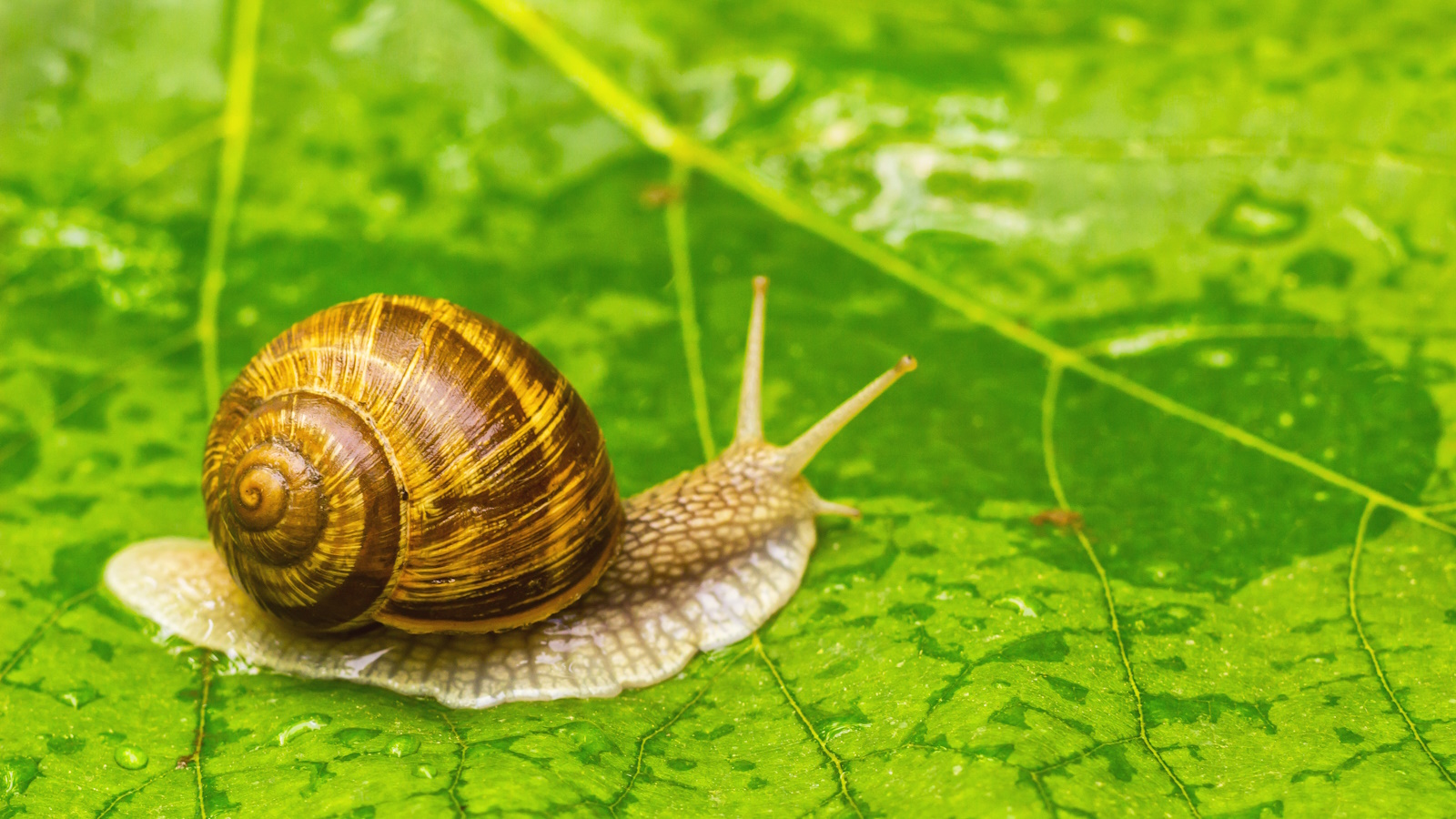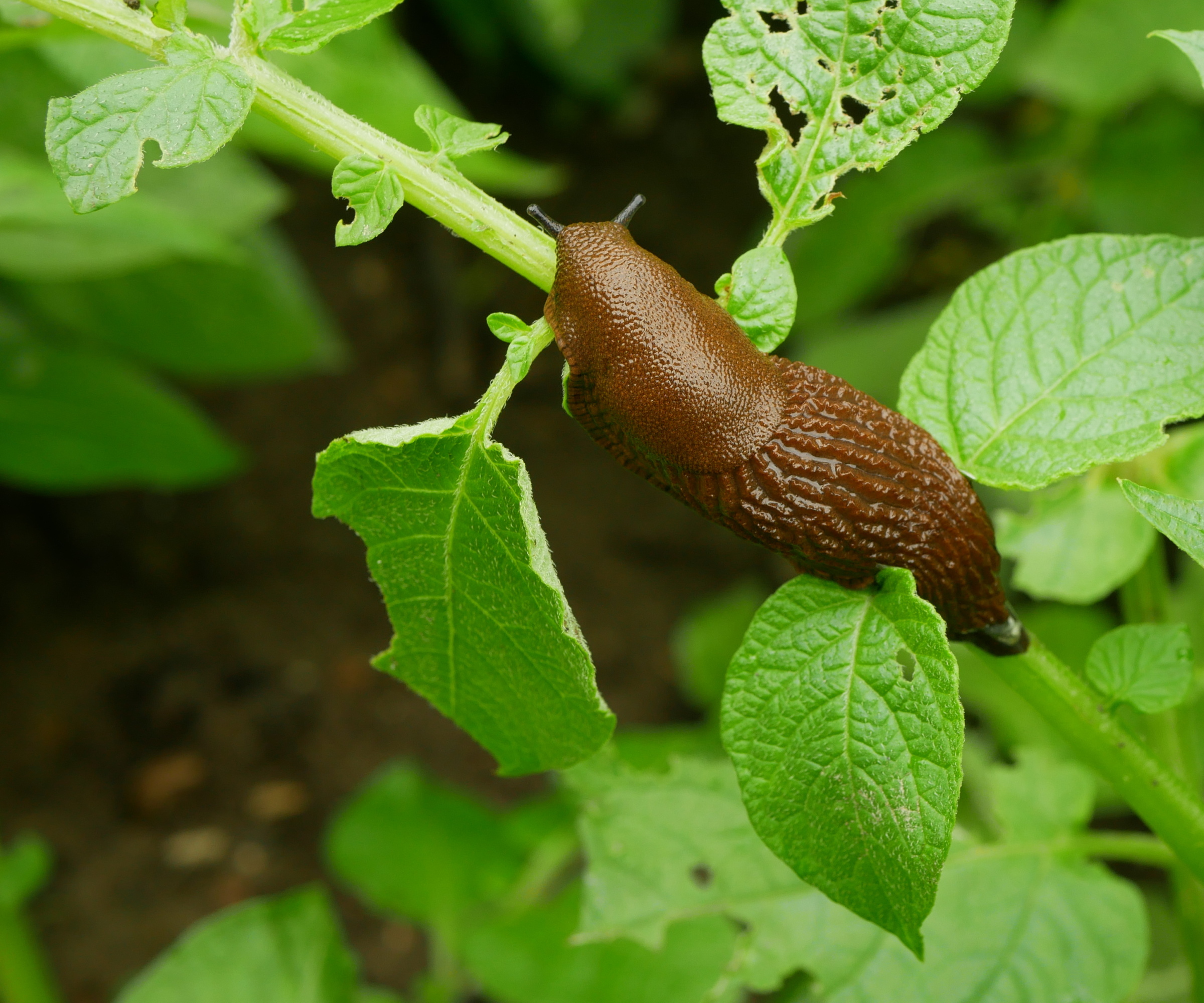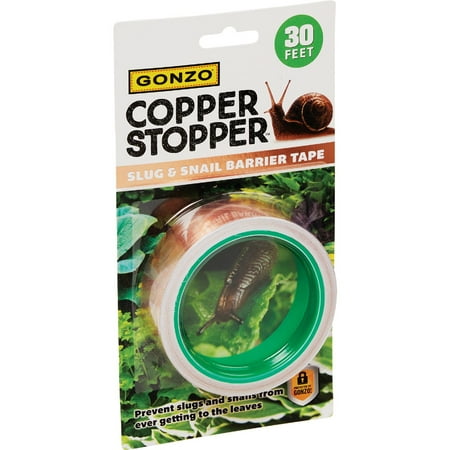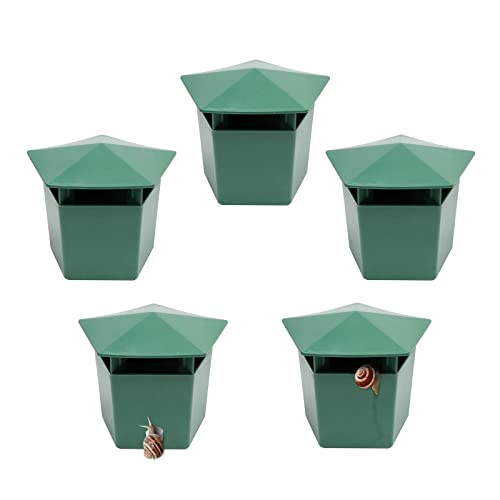This common vegetable is the best natural defence against slugs and snails – and you probably already have one in your fridge
Here's how to pest-proof your flower beds and veg garden this year


Let’s face it, slugs and snails are a menace in gardens. Even if you, like me, try to leave room for pests and weeds, slugs and snails can be seriously frustrating. Lettuces, hostas, dahlias, zinnias, their hunger knows no bounds. Fortunately, there is a simple cucumber hack to stop slugs and snails that is both natural, cost-effective and quick to complete.
When I was working as a gardener in London a few years ago, I remember slugs munching through unfurled canna lily leaves just as they emerged. The result? Ragged, claw-like holes that ruined the look of the entire summer display, and became a constant gripe of mine that summer. For this reason alone, I am always on the hunt for a new hack.
While there are endless snail and slug control methods online, sometimes the simplest works best. Here, I reveal one natural cucumber hack really can make a difference. If you’re constantly battling slugs and snails in veg gardens and flower beds, here’s a smart trick to help protect your crops, without turning to chemicals.

How to stop slugs and snails in your yard using cucumber
If you are wondering how to get rid of slugs in your yard, you will likely have tried any number of hacks. From using coffee grounds to deter slugs to slug repellent plants, there are many different options to try.
But this cucumber hack, I think, is one of the simplest and kindest.
The cucumber hack to stop slugs and snails

The cucumber hack to stop slugs and snails is surprisingly simple, and while it won't eradicate these pests, it can help to control their numbers.
First, raid your fridge drawer and retrieve a cucumber, before slicing it thinly. Don't worry about the quality of the cucumber here; in fact, it is best to use those that are past their best.
Design expertise in your inbox – from inspiring decorating ideas and beautiful celebrity homes to practical gardening advice and shopping round-ups.
Next, place the slices near your vulnerable plants in the evening. This method is similar in principle to companion planting or trap plants for pest control, in that the cucumber slice is a sacrificial tribute to lure the slugs and snails who will be attracted to the scent and moisture of the cucumber.
After a few hours, with a torch in hand, or otherwise in the morning, you can inspect the slices and collect the gathered pests and relocate them far from your veg patch, or dispose of them, depending on your preference. This method is chemical-free, safe for pets and requires almost no effort.
Personally, I think this hack works best when deployed as part of a broader pest management battle plan. So, why not learn how to keep ducks, which feed on these pests, while also using some copper tape around the rim of your pots, as well as encouraging natural predators such as frogs to keep the slug population down?
Copper tape is available to order from Walmart.
FAQs
How far away from my yard should I move slugs and snails?
If you do not want to kill caught slugs and snails, one option to move them. To prevent slugs and snails from returning to the scene of the crime, move them at least 50 or more feet away from your yard. This distance is sufficient to overcome their homing instinct. Another trick is to place them near a bird feeder, as an offering for hungry cardinals.
While they might be frustrating, particularly if they have devoured your strawberry or chard crop, slugs and snails play an important role in the biodiversity and ecosystem of backyards. For more information, see our guide on how slugs and snails are good for the backyard.
Shop pest-control kit

Thomas is a Content Editor within the Gardens Team at Homes and Gardens. He has worked as a professional gardener for both public spaces and private estates, specializing in productive gardening, growing food and flowers. Trained in Horticulture at the Garden Museum, he has written on gardening and garden history for various publications, including The English Garden, Gardens Illustrated, Hortus, The London Gardener and Bloom. He has co-authored a Lonely Planet travel book, The Tree Atlas, due out in 2024.

![Miracle-Gro Mg86205 General Utility Gloves – [small/medium], Synthetic Leather Padded Palm Gloves, Spandex Back, Adjustable Hook and Loop Wrist](https://cdn.mos.cms.futurecdn.net/nTAeAiC8a2MyyhZSnu3uAT.jpg)
